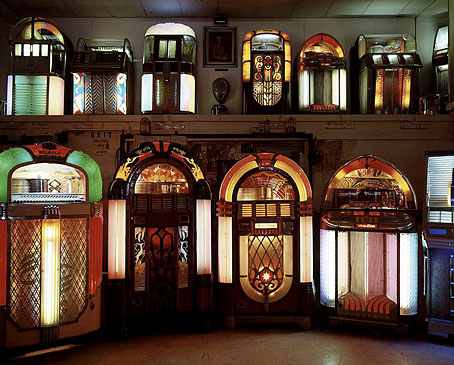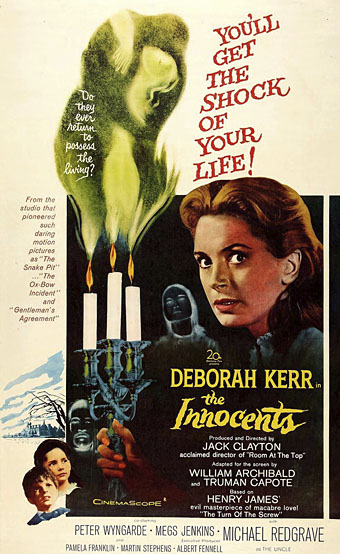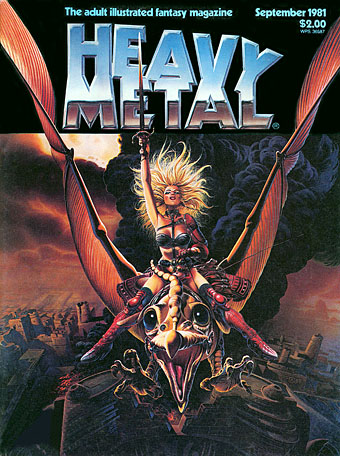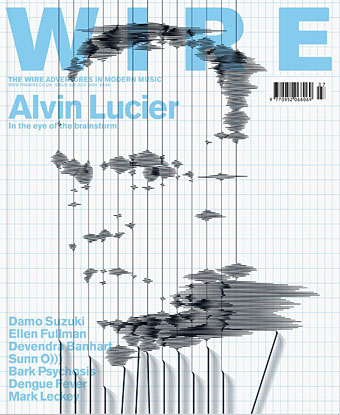A collection of visible jukeboxes.
Invisible Jukebox is one of the longest running regular features in The Wire magazine, a cross between music interview and music quiz in which a different interviewee each month is asked to listen to a piece of music and identify the title and artist. The musical selections all have a link either to the interviewee’s career or the idiom in which they operate. Right or wrong answers aren’t really the point, the interest comes from the way in which each piece prompts a discussion about either the music itself or some related matter. For the past two years the magazine has kept the feature Covid-free by asking musician colleagues or partners to test each other.
A large cache of Wire back issues turned up recently at the Internet Archive, the bulk of which is a complete run from 1982 to 1999. In its early years the magazine was almost solely devoted to jazz, old and new, but it changed direction in 1991 when the agenda broadened and the magazine slowly transformed into the forum for new music it still is today. I only became a regular reader in 1994 so it’s good to find these older issues and be able to read some of the Invisible Jukeboxes that I’d missed. What follows is a list of all the interviewees from the first Invisible Jukebox in 1991 up to the end of 1999, together with links to the relevant issue. I hadn’t realised before that the feature wasn’t always as regular as it seemed, there are occasional gaps in the first few years. The earliest ones also asked the interviewee to give each piece of music a rating from one to five, a rather pointless request that was soon dropped. Despite the increasing diversity of the magazine’s contents the list below remains male-heavy to the end. This may reflect the dominance of men in the music business as a whole but I’d still liked to have seen the test applied to (for starters) Laurie Anderson, Sheila Chandra, Alice Coltrane, Sussan Deyhim, Pauline Oliveros, Annette Peacock…
1991
• Mark Springer
• John Harle
• Bob Stewart
• Kate & Anna McGarrigle
• Leon Redbone
• Bill Bruford
• Taj Mahal
1992
• Cabaret Voltaire
• Asley Maher
• James Moody
• Julian Lloyd Webber
• Steve Martland
• Ali Farka Toure
• Humphrey Lyttleton & Acker Bilk
• Billy Jenkins
• Neneh Cherry
1993
• Sonic Youth
• Don Pullen
• Coldcut
• Jack Bruce
• Lester Bowie
• Lydia Lunch
• Pee Wee Ellis
• Paul Weller
• Holger Czukay





